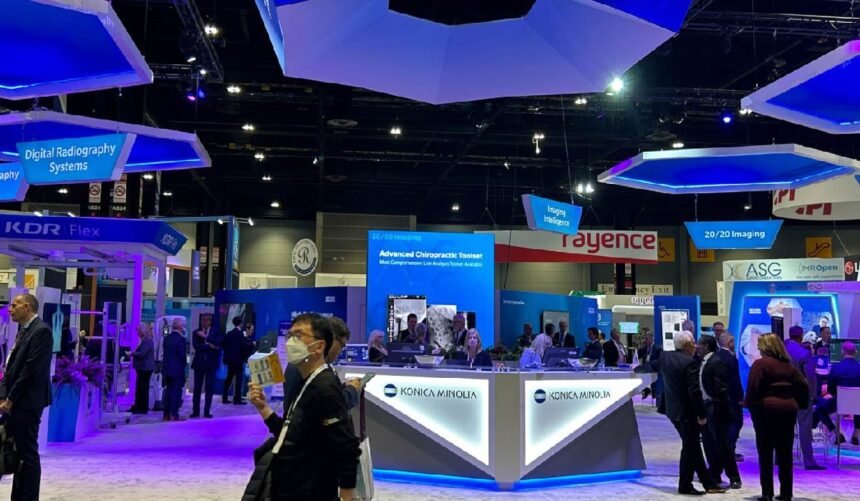The exhibition floor has transformed from a static showcase into a dynamic, immersive playground where brands compete for attention through experience rather than aesthetics alone. Interactive technology has emerged as the driving force behind this evolution, fundamentally changing how businesses approach custom exhibit design and how attendees engage with brand stories.
Gone are the days when a well-designed booth with printed graphics and product displays could captivate an audience. Today’s trade show attendees expect to participate, not just observe. This shift has prompted exhibit designers to incorporate cutting-edge technologies, transforming passive viewers into active participants and creating memorable experiences that extend far beyond the convention center walls.
Touch Screens And Gesture-Based Digital Displays For Trade Shows
Multi-touch screens and gesture-controlled displays have become foundational elements in custom trade show exhibit design. These interfaces allow visitors to explore product catalogs, navigate company histories, and customize configurations with intuitive swipes and taps. The tactile nature of these interactions creates a sense of control and discovery that traditional signage cannot match. Brands can now present vast amounts of information without overwhelming their space, as digital interfaces adapt to each visitor’s interests and pace.
Augmented Reality And Virtual Reality In Exhibition Booth Design
AR and VR technologies have revolutionized how exhibitors demonstrate products and services that are too large, expensive, or complex to bring to the show floor. Construction equipment manufacturers can offer virtual test drives of heavy machinery. Architectural firms can walk clients through unbuilt spaces. Medical device companies can simulate surgical procedures. These immersive experiences don’t just inform; they transport attendees into scenarios where they can truly understand a product’s value proposition in context.
Data Collection And Lead Generation Through Interactive Exhibits
Interactive technology serves a dual purpose: engaging visitors while simultaneously gathering valuable data. Smart exhibits can track which displays attract the most attention, how long people engage with specific content, and what products generate the most interest. This real-time analytics capability allows exhibitors to adjust their strategies on the fly and provides crucial insights for post-show follow-up. Badge scanning integrated with interactive displays can even personalize content based on attendee profiles, creating tailored experiences that resonate more deeply.
Gamification And Social Media Integration For Brand Engagement
Incorporating game mechanics into exhibit design has proven remarkably effective at drawing crowds and maintaining engagement. Interactive challenges, competitions, and reward systems tap into visitors’ competitive instincts while educating them about products and services. When these experiences are designed for social media sharing, they extend the exhibit’s reach exponentially, turning attendees into brand ambassadors who broadcast their experiences to thousands of followers.
The Human Element In Modern Trade Show Marketing
Despite the technological sophistication, successful interactive exhibits don’t replace human interaction; they enhance it. The most effective designs by a credible trade show exhibit company use technology to attract visitors and facilitate initial engagement, then seamlessly transition to meaningful conversations with knowledgeable staff. Technology handles information delivery and initial qualification, freeing booth personnel to focus on relationship building and closing deals.
Future Trends In Custom Exhibit Technology
As artificial intelligence, holographic displays, and haptic feedback systems mature, the possibilities for interactive exhibit design will only expand. The brands that thrive will be those that view technology not as a novelty, but as a storytelling tool that creates genuine connections between products and people.
In this new era of exhibition design, interaction isn’t just a feature; it’s the foundation of memorable brand experiences.









